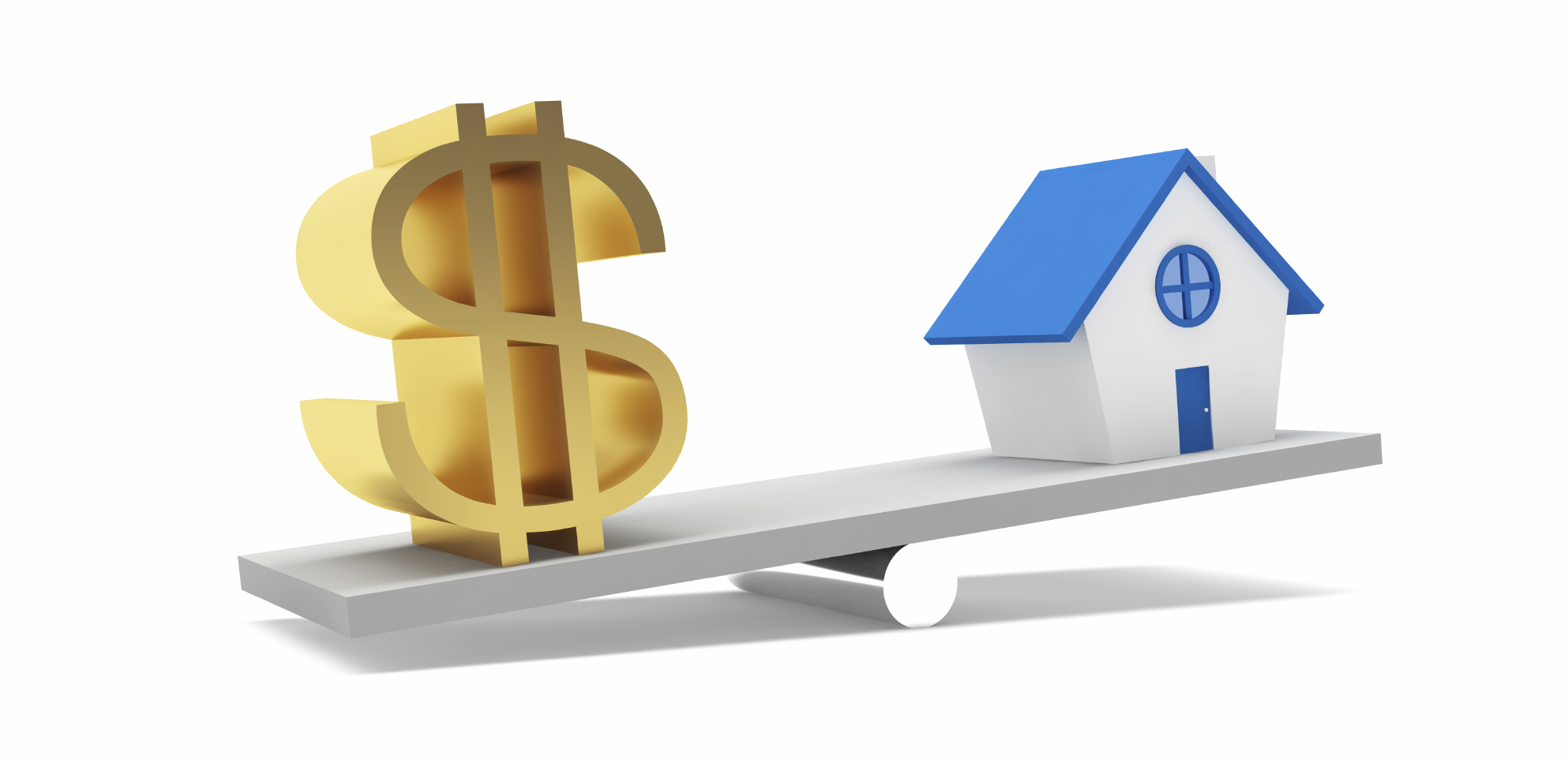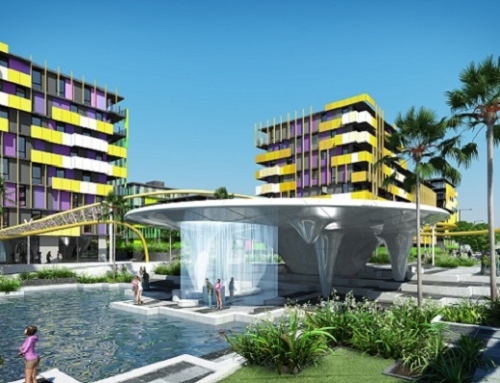The high cost of housing raises questions about why Australians seem to be paying so much more than the rest of the world. The International Monetary Fund’s (IMF) Global Housing Watch survey found that Australian housing had the second-widest gap (out of 24 developed nations) between house prices and average income. The average price of a residential dwelling is now sitting well over half a million dollars.
Here are a few reasons why housing has become so expensive:
- Taxes – The costs associated with buying a property, such as a stamp duty, have greatly impacted the cost of housing in Australia.
- Overvaluation – A recent research paper released by the Reserve Bank of Australia (RBA) states that housing in Australia may be overvalued. The paper suggests that at current prices, renting is probably a better financial decision for the average household than buying. This estimate is based on current house prices, rents, interest rates, capital appreciation, and other factors.
- Labour and Building Costs – Increasing labor costs are a contributing factor to the rise in housing prices. The ABS found that the cost of building houses in Australia has increased almost fourfold in the last 20 years. ABS discovered the average labor cost per employee in the Construction industry was $63,600 a year which was well above the national average of $53,063.
However, all the above mentioned contributing factors are not the main reason why we can’t afford housing in Australia anymore. The availability and affordability of land is the main cause for the demoralizing situation we are facing.
A land shortage in densely populated areas has majorly contributed to the rise in housing prices; as limited supply and greater demand result in higher prices.
According to Shane Garrett, senior economist at the HIA, the divergence between price and sales over the quarter demonstrates a lack of adequate supply being added to the market:
“Once again, we’ve had another quarter of dwindling land lot sales and pretty stiff price increases – evidence of insufficient supply.We need much greater emphasis on the delivery of new residential land supply involving better models for infrastructure delivery and a real sense of urgency in the planning process.”
The land has also become more expensive for developers to purchase, mainly due to the imposition of government taxes. Most developers then pass these increased land costs onto buyers to increase their profit margins.
Furthermore, as soon as the government introduces first home owner’s grants, the developer then raises land prices too.
So, the First Home Owner’s Grant doesn’t do much or nothing to improve affordability and accessibility for first home buyers, it is actually likely to lift prices by up to five times.
It isn’t all bad news if you’re looking to buy your first property or add another investment to your property portfolio.
Although housing prices are on the rise, analysts predict as they approach levels of unaffordability, they will more than likely fall.
Sources:
https://www.businessinsider.com.au/residential-land-sales-are-tanking-as-prices-go-through-the-roof-2016-4https://www.allianz.com.au/home-insurance/news/expensive-housing-why-australians-are-paying-more



